Start Exploring Keyword Ideas
Use Serpstat to find the best keywords for your website
How To Find New Keywords And Expand Your Keyword List
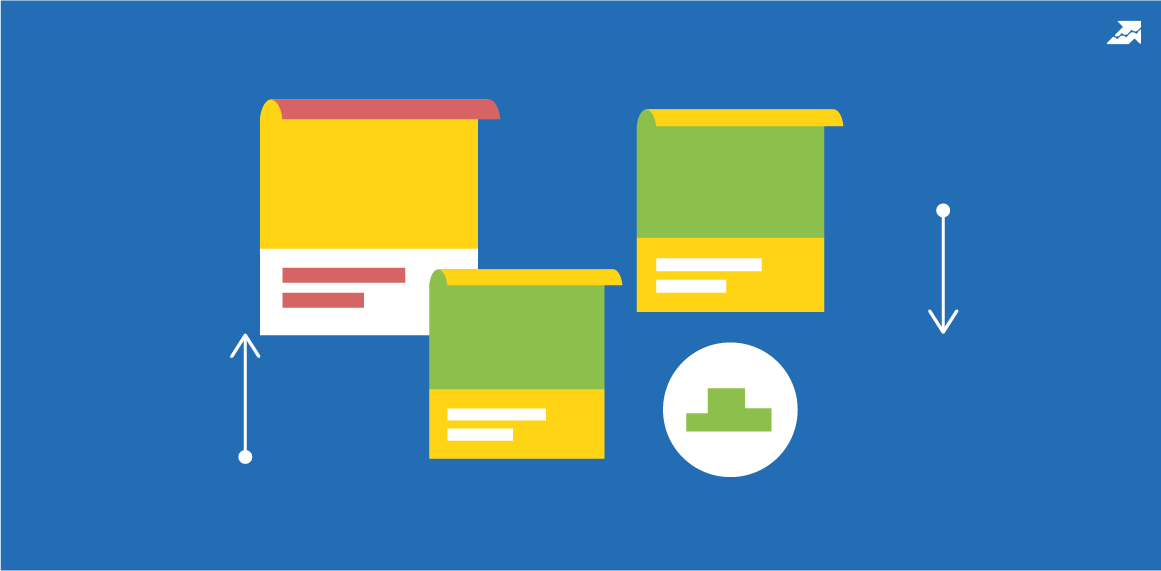
Types of Search Queries
Here's an example of a commercial query:
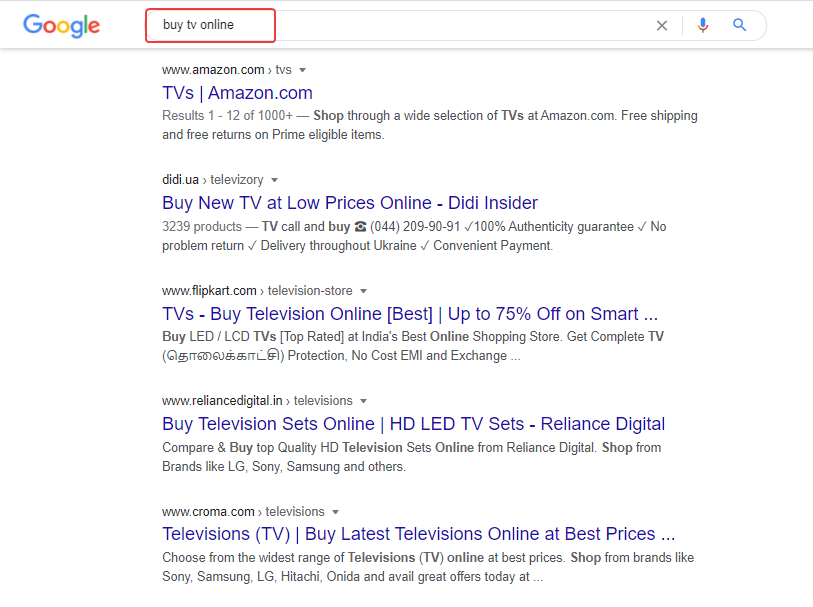
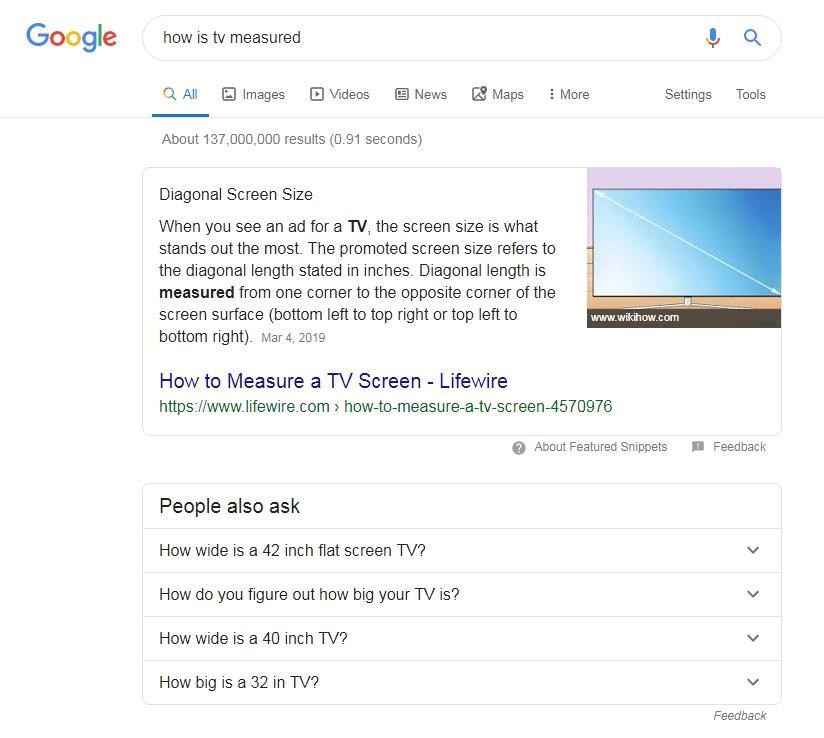
- high search volume queries are the most competitive and are most popular among users. It's the most difficult to get to the top of organic search results, but they can attract the most traffic to the website. In contextual advertising, such keywords are usually more expensive than low-frequency ones, and PPC can be quite expensive;
- mid search volume queries are less popular and are easier to promote for. In the case of an online store, such keywords should be used for the names of product categories or subcategories, as well as added to contextual advertising (the same is for high-frequency queries;
- low search volume queries are keywords that are most rarely used by users. You can get quite substantial traffic from using many low-frequency keywords on the website. The advantage of such queries lies in easy promotion and higher average conversion compared to mid-frequency ones.
Google contextual advertising won't display ads for extremely rare requests and, thus, gain the status of "Few requests".
Google Keyword Selection
Keyword selection in Google Ads

- you can add up to ten source keywords to find new options;
- viewing and downloading popular keywords is available;
- the system groups keywords by topic so that it's more convenient to add them to ad groups;
- you can add and save your favorite keywords to an existing campaign;
- you get recommendations for setting a daily budget that includes the maximum cost-per-click and expected cost;
- detailed keyword performance information is available in the competitiveness column.
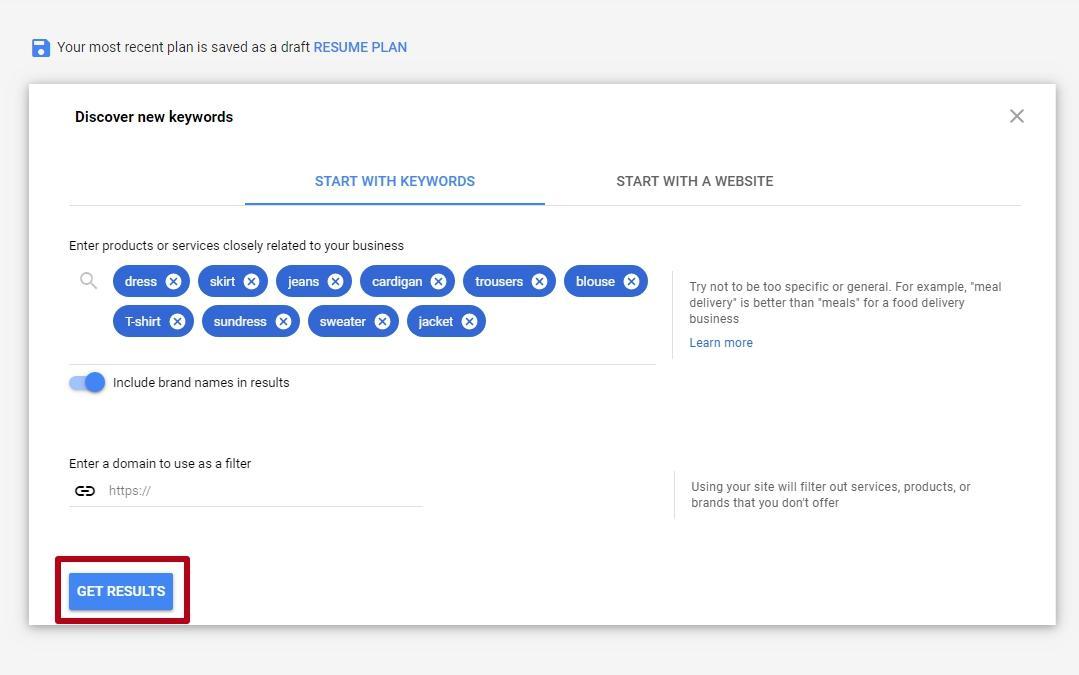
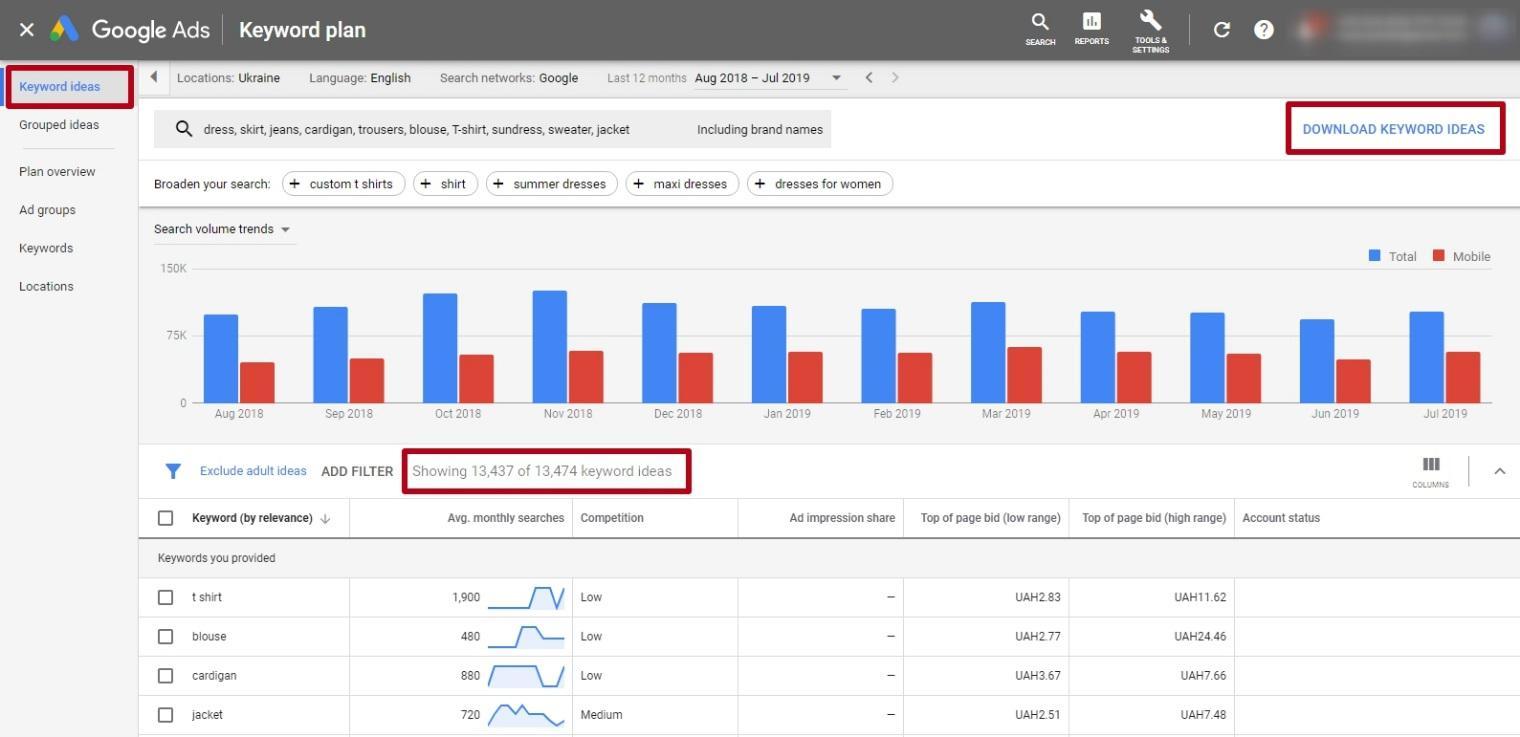
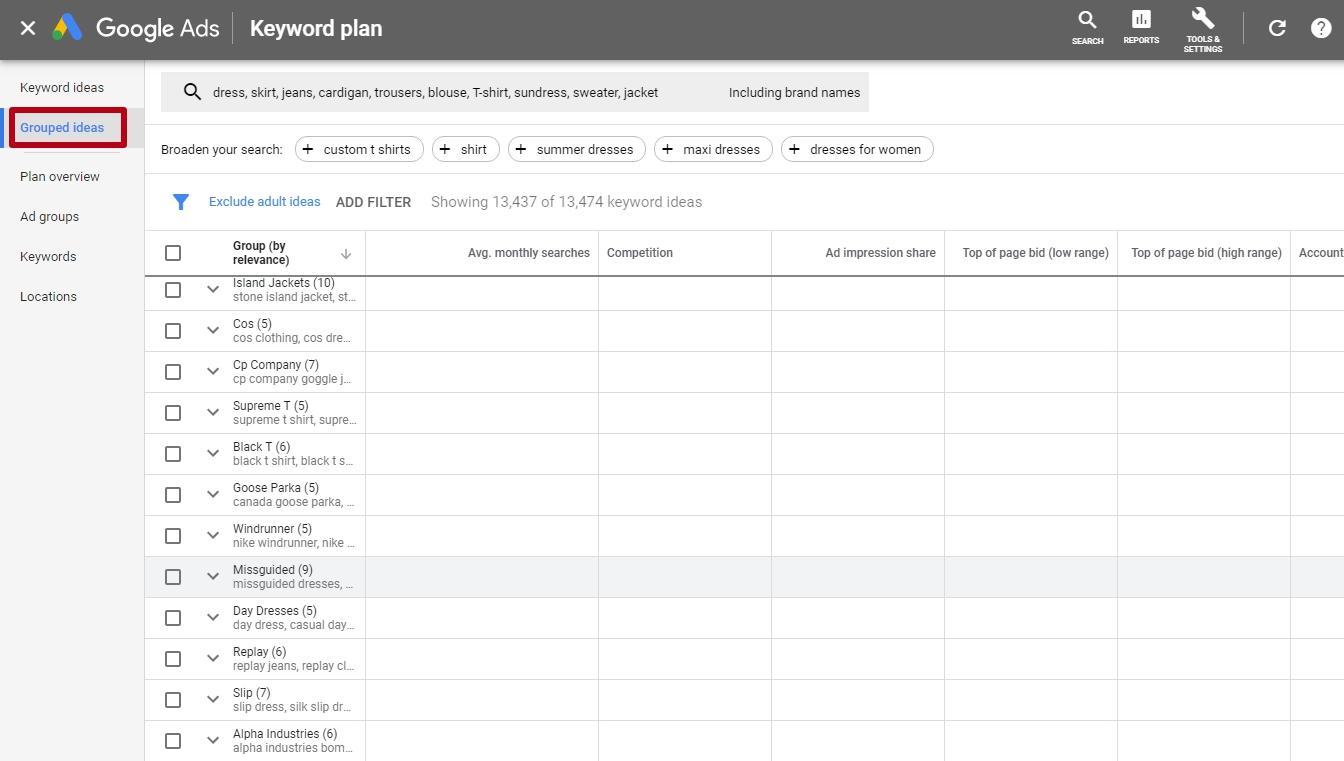
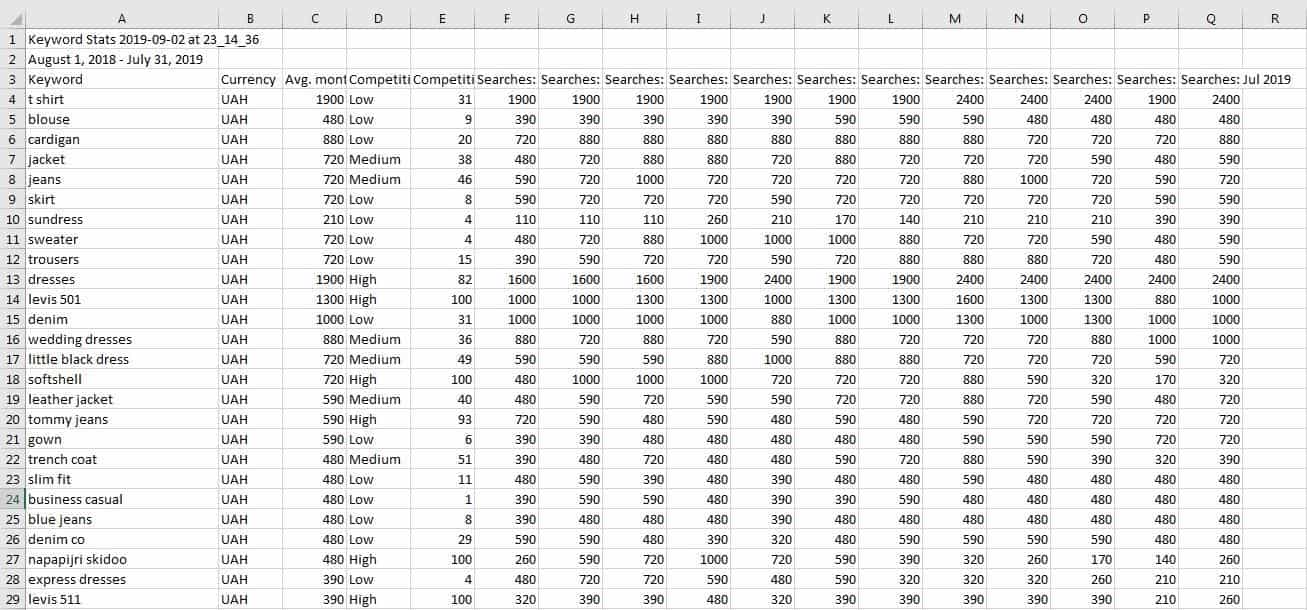
Keyword selection in the Google Search Console
Information about queries and impressions is available in the Performance section. This data can also be downloaded:
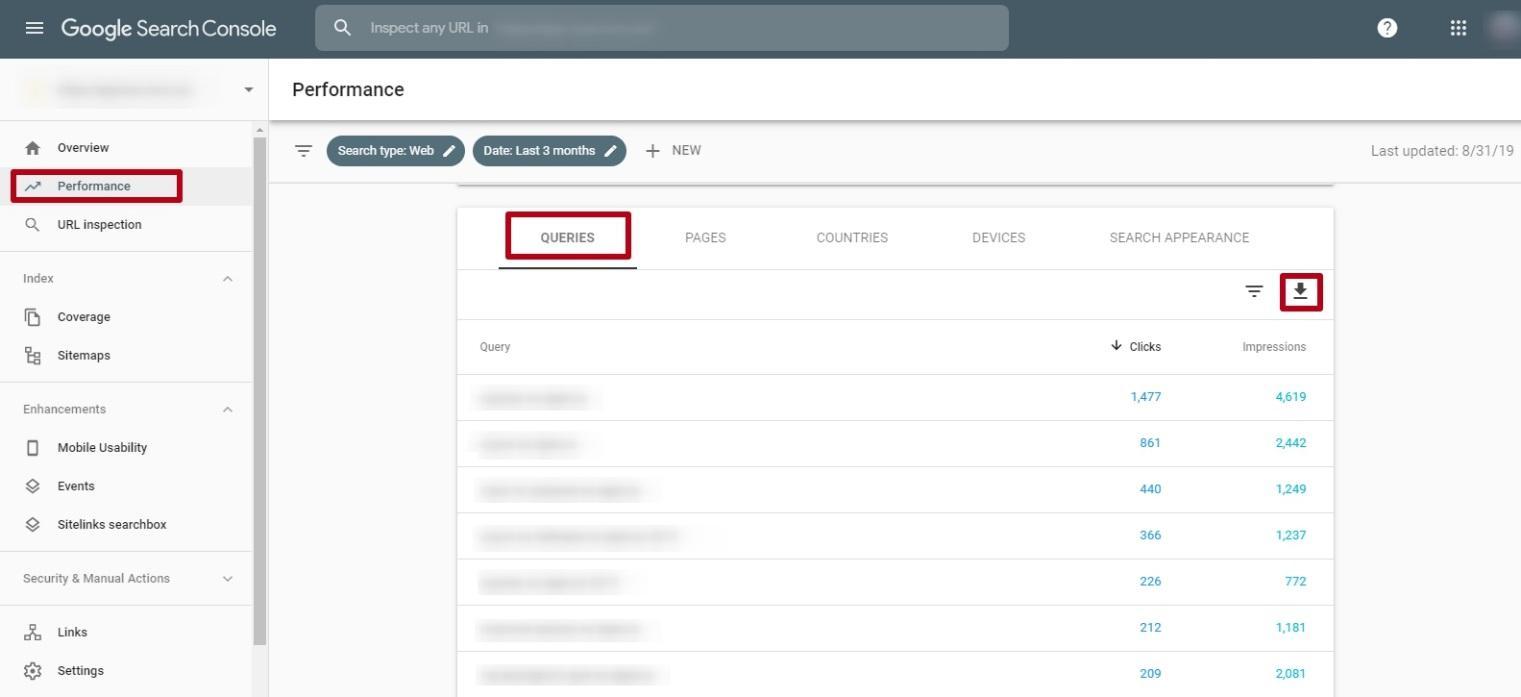
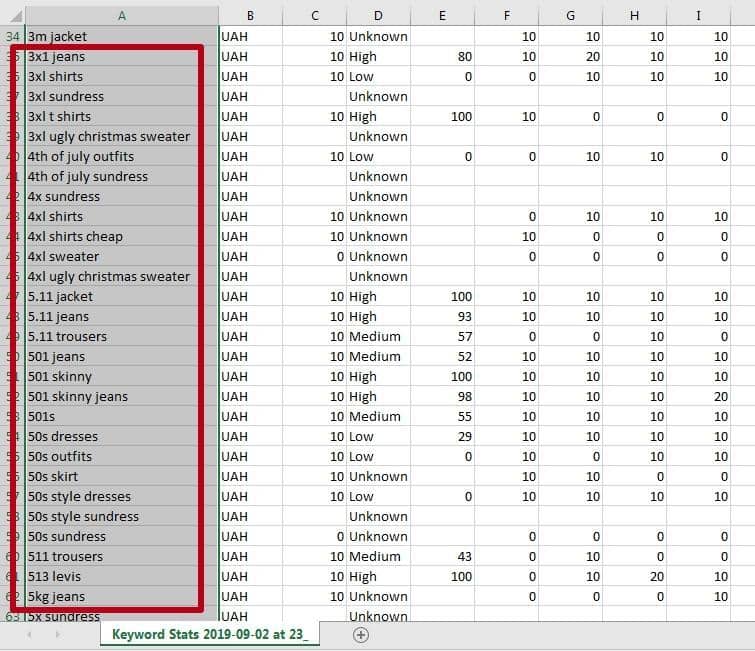
Keyword Selection in Serpstat
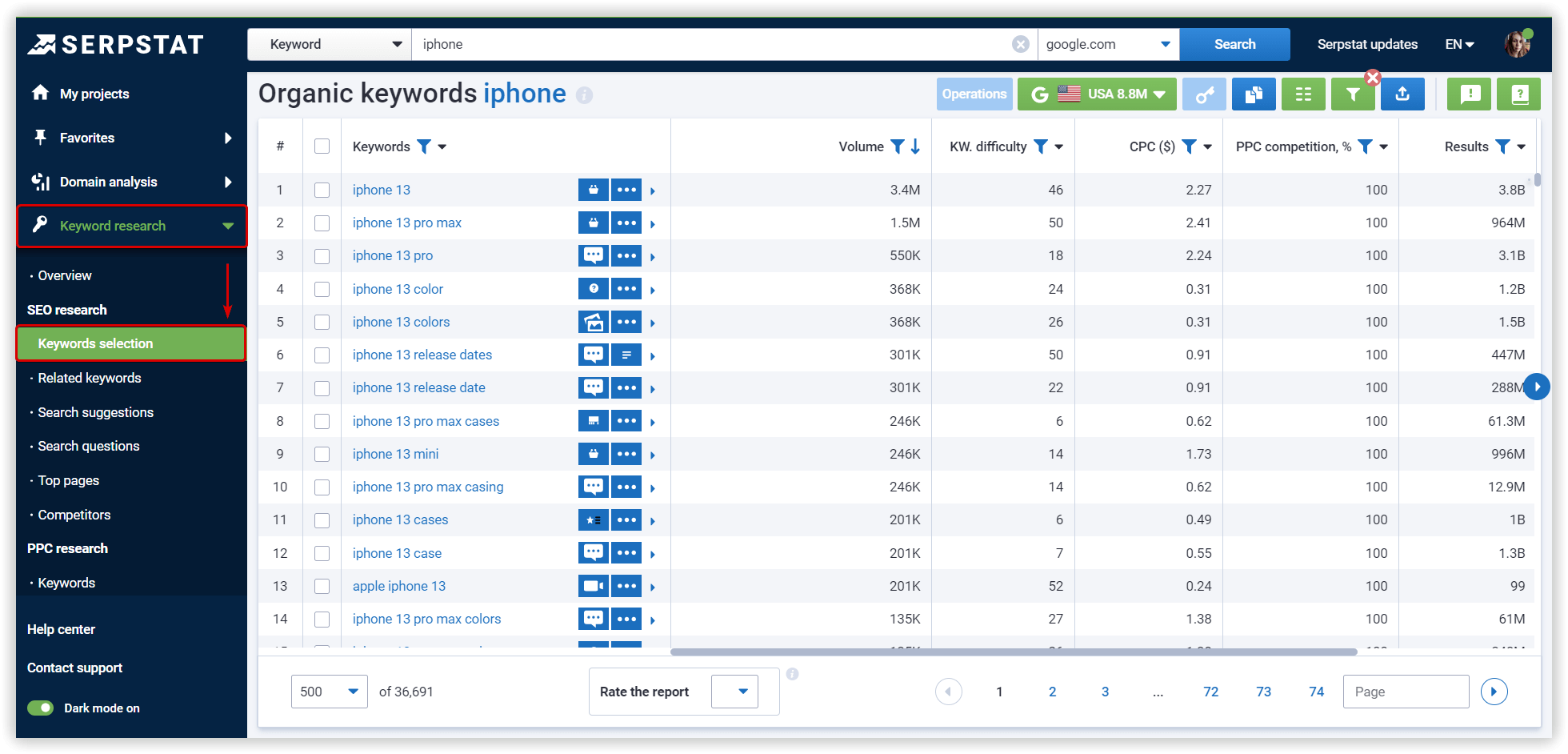
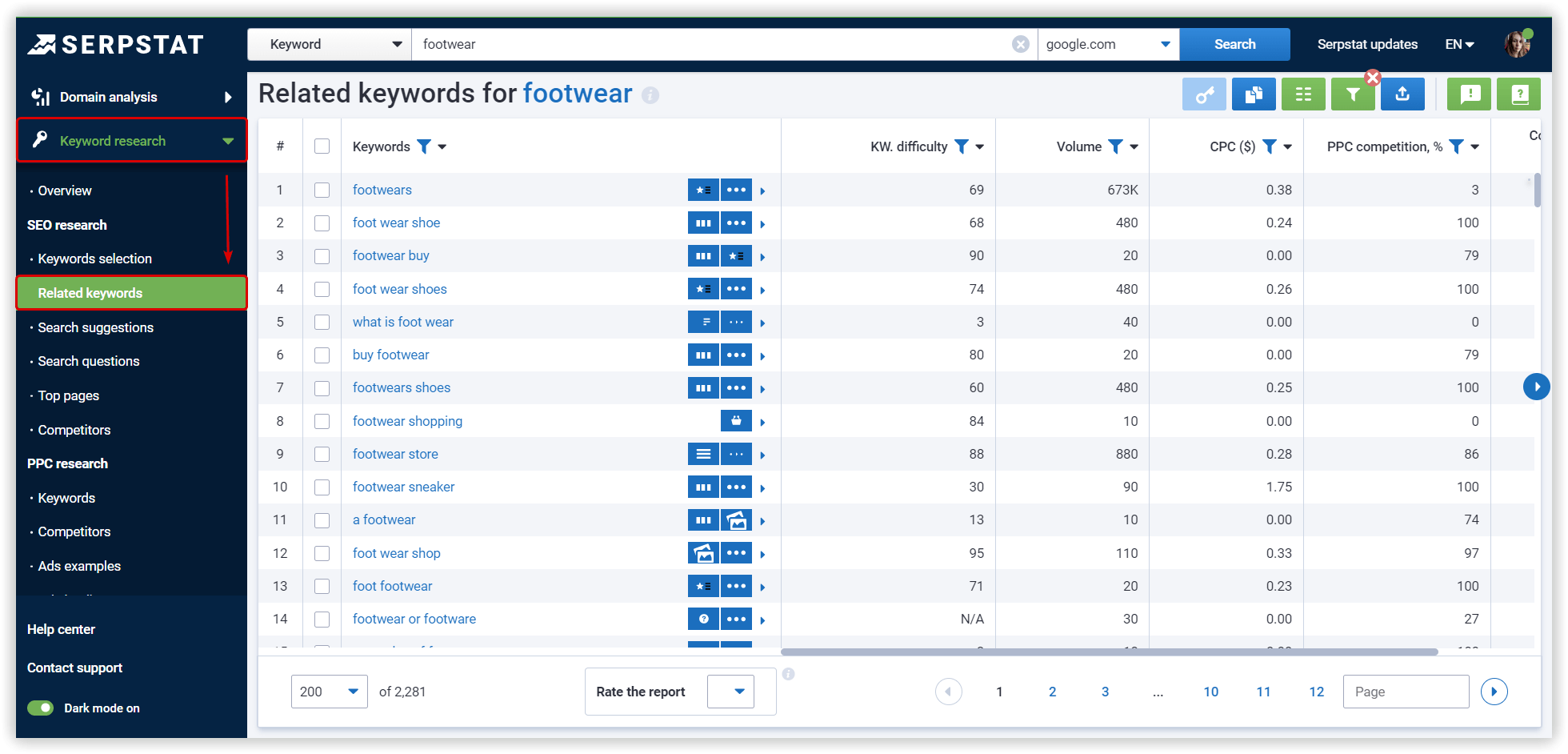
The report uses the Connection Strength parameter that indicates how many URLs match the analyzed phrase and the query from the report. For example, with a connection strength of five, a given pair of requests has five common URLs in the TOP-20 of search results.
After collecting additional keywords, you can use another report called Search Suggestions:
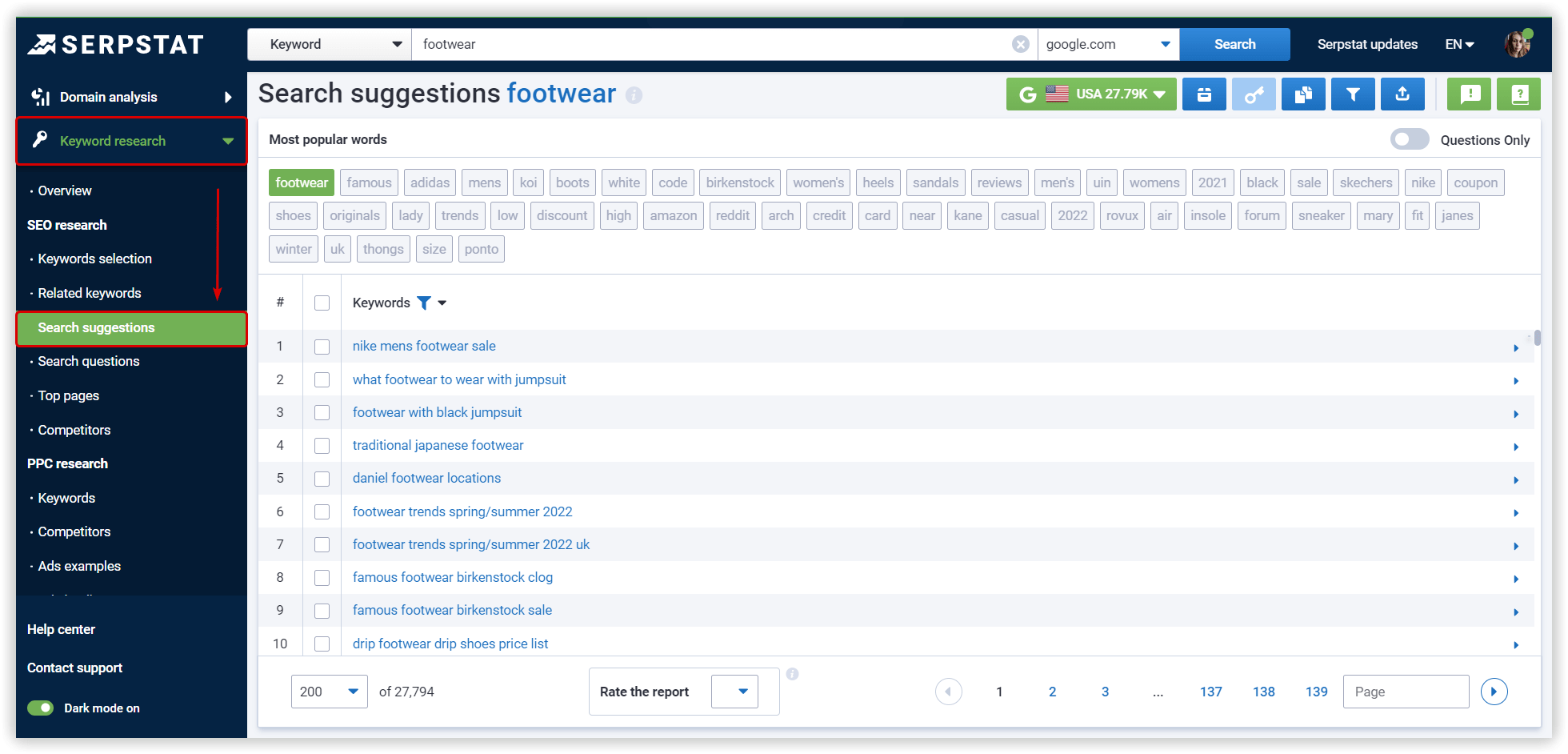
Additional services for keyword selection
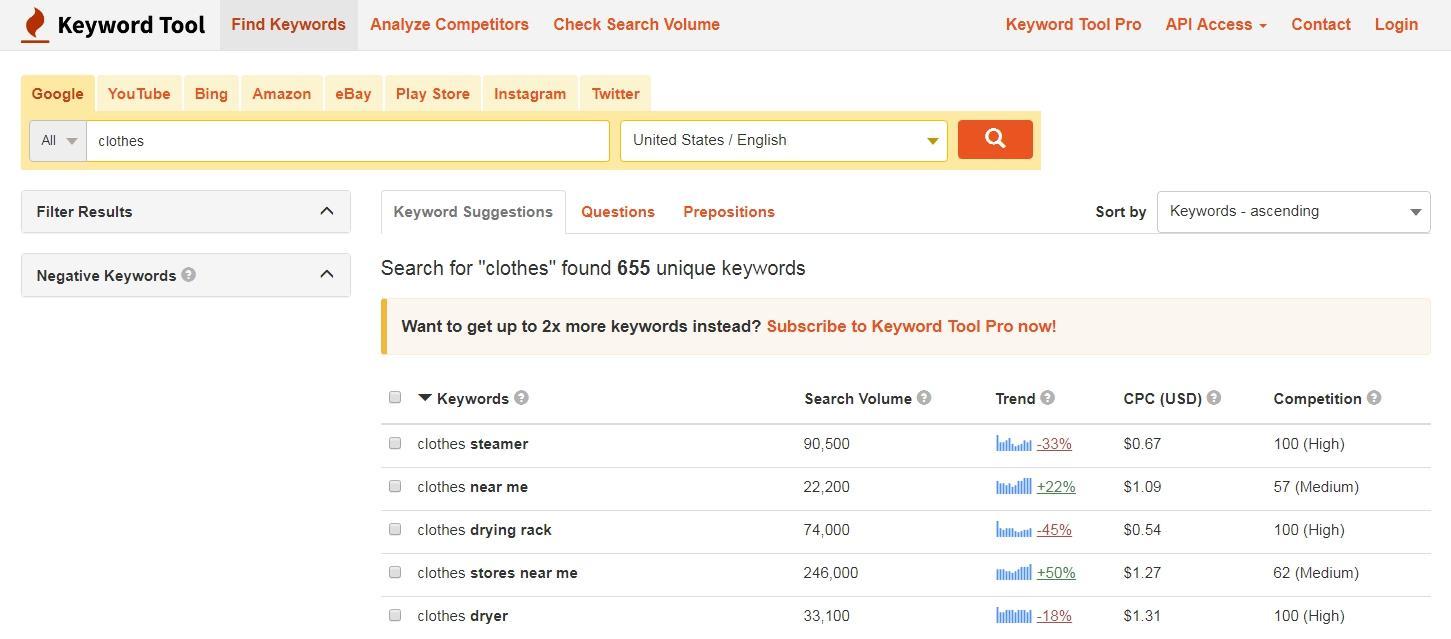
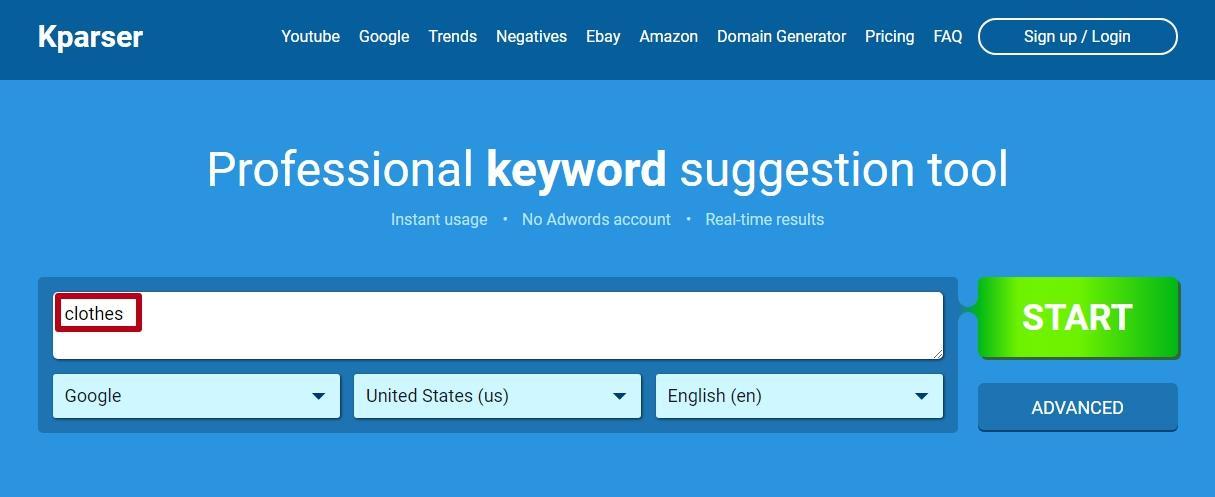
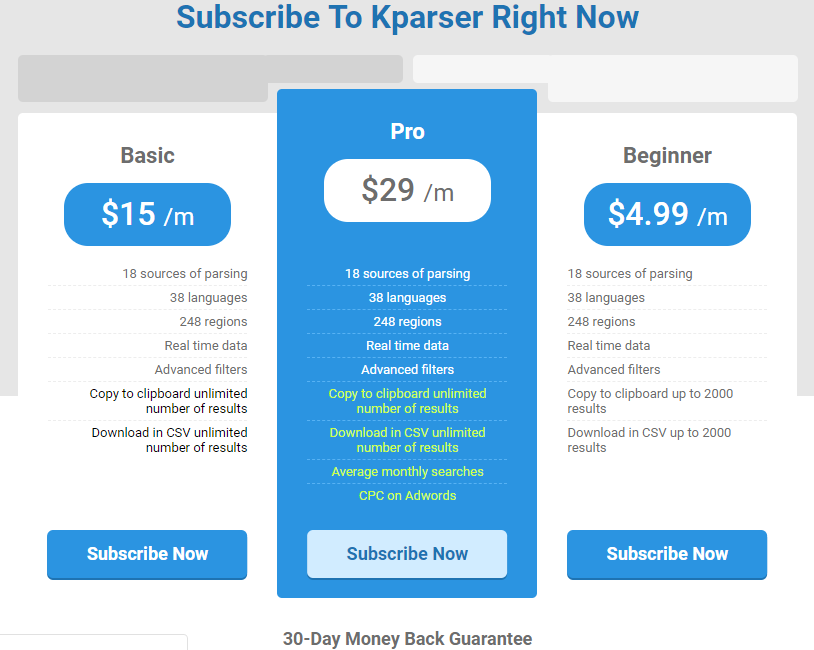
Conclusion
You can collect keywords for Google using the Keyword Planner, Google Search Console, Serpstat Keyword Research tool and other services.
Speed up your search marketing growth with Serpstat!
Keyword and backlink opportunities, competitors' online strategy, daily rankings and SEO-related issues.
A pack of tools for reducing your time on SEO tasks.
Discover More SEO Tools
Tools for Keywords
Keywords Research Tools – uncover untapped potential in your niche
Serpstat Features
SERP SEO Tool – the ultimate solution for website optimization
Keyword Difficulty Tool
Stay ahead of the competition and dominate your niche with our keywords difficulty tool
Check Page for SEO
On-page SEO checker – identify technical issues, optimize and drive more traffic to your website
Recommended posts
Cases, life hacks, researches, and useful articles
Don’t you have time to follow the news? No worries! Our editor will choose articles that will definitely help you with your work. Join our cozy community :)
By clicking the button, you agree to our privacy policy.
